Is feminism actually intersectional?
A sign at a feminist protest.
Many people think that feminism is intersectional, but is it actually, or do people just believe it is?
Intersectional feminism acknowledges that every woman experiences different types and amount of discrimination. However, this might not actually be the feminism we know. According to the Law Library of Howard University, “Feminism, as a movement, has not done a good job at being inclusive of minorities.”
Now, most of us know that white people are often more heard than people of color but this does not just affect how often people are listened to? Issues like the wage gap that are mostly recognized by feminism movements, are also majorly affected. Most of us know that women earn less than a man because of the wage gap, but when you’re a person of color or a part of the LGBTQ+ community, you would earn even less because you’re part of multiple oppressed groups.
This concept is explained in an article written on Buzzfeed News where it states, “Harassment was worse when sexism was combined with other forms of prejudice.” This means that sexism combined with other factors leads to disproportionate amounts of discrimination. This grouped discrimination would then usually be separated into different categories. This continued process led to people believing that people can only experience one sort of oppression.
Thankfully though, many people are now recognizing that feminism is not actually intersectional. People like Laura Bates have acknowledged this and have said, “Much of the research available on this from different organizations around the world repeatedly suggests that women of color, disabled women, and LGBT people experience often higher rates and even more severe street harassment.”
Because of much more recognition on the concept of a fully intersectional feminism, we are more welcoming of the idea that different types of discrimination can affect each other and many more are acknowledging that we need an equal representation on all types of people and not just white people. But sadly, white people are still the center of our society and people of color’s voices are being ignored.
We as a society need to stop seeing community problems as someone else’s problem, it is our problem.
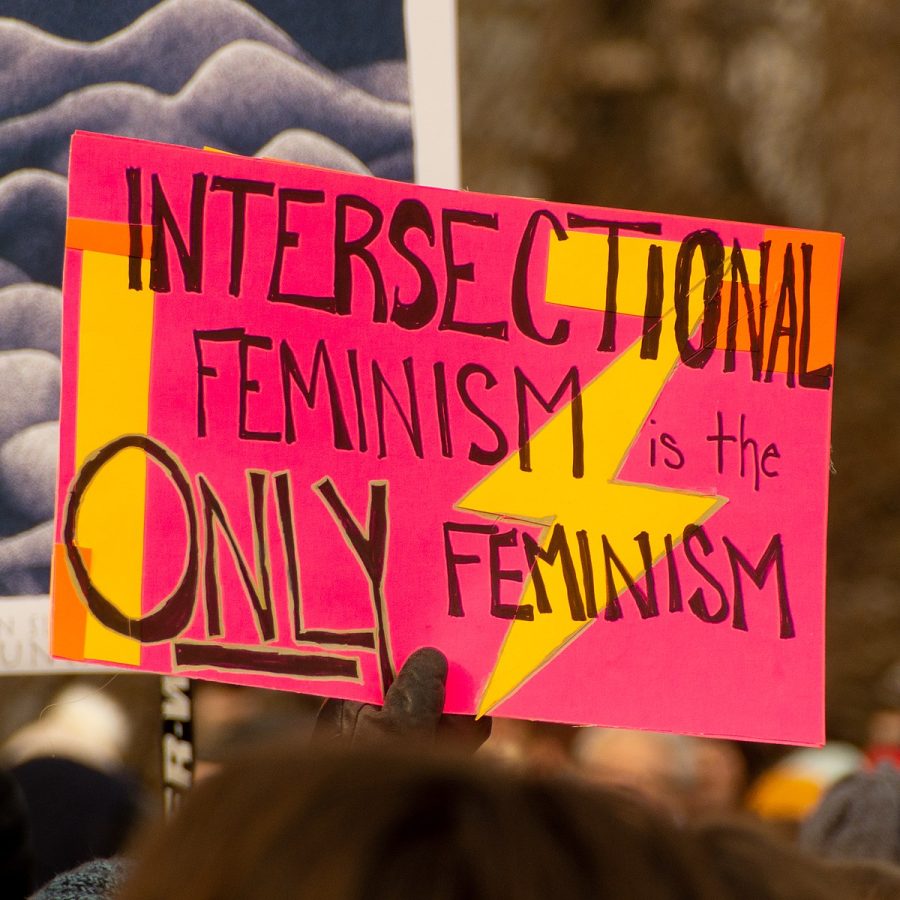

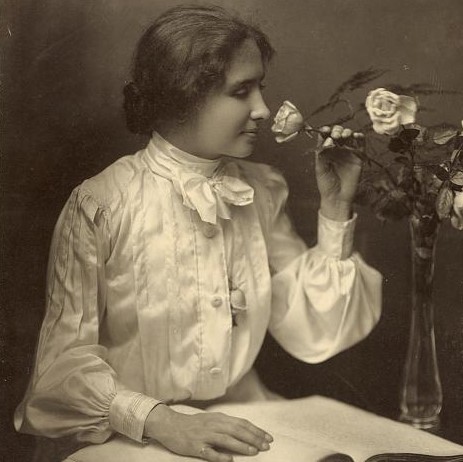

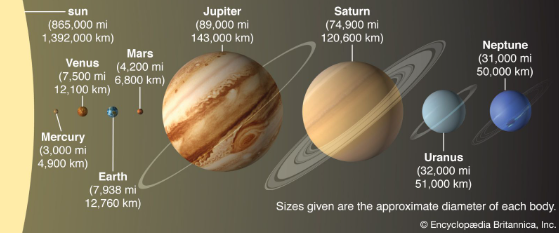
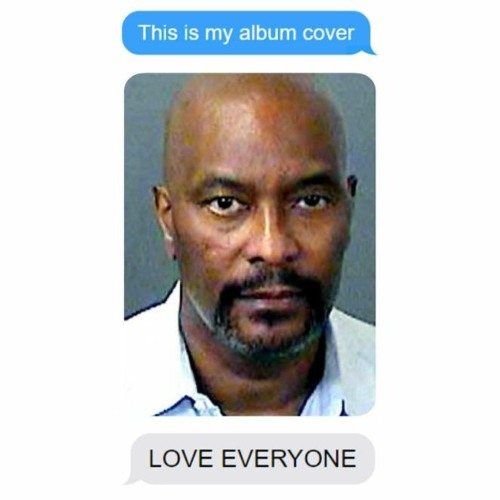

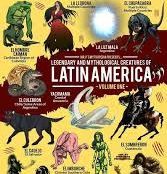



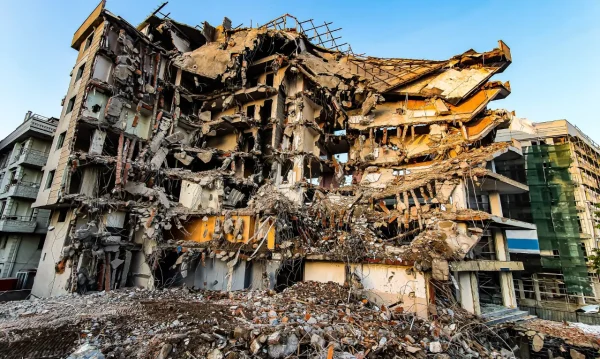
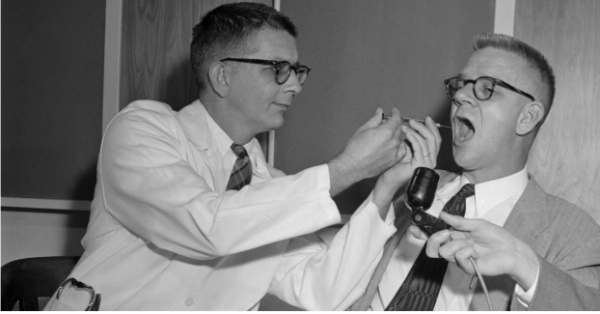


Stefany • Jan 6, 2023 at 1:39 pm
This surprised me and made me realize that there are other factors that contribute to sexism that makes women face sexism worse.